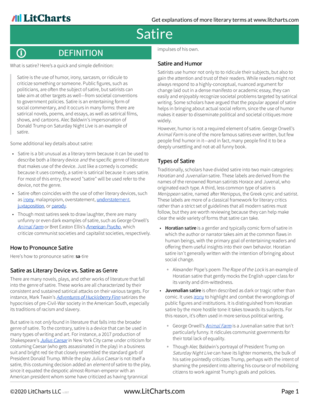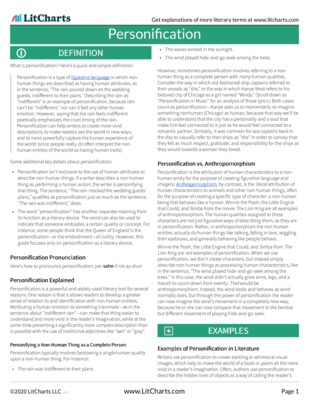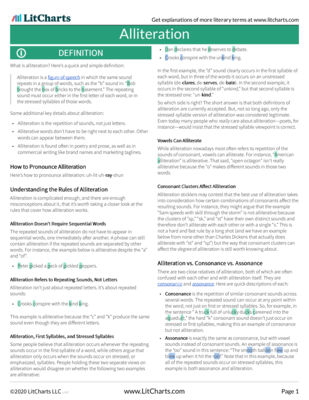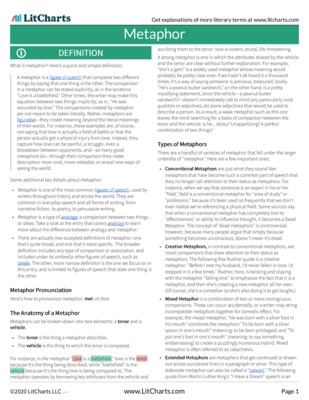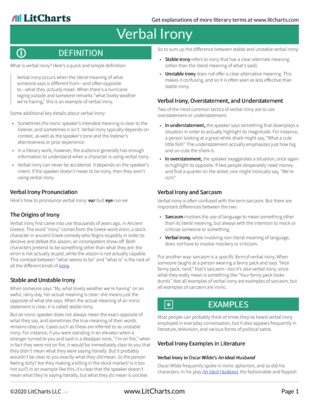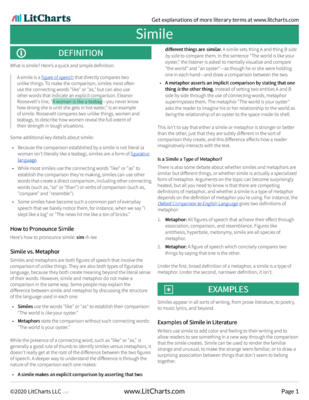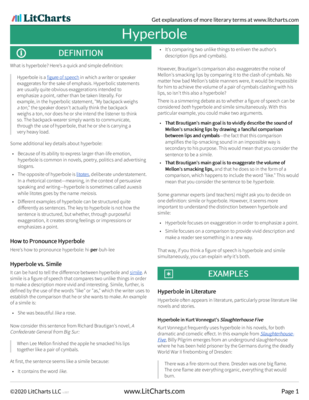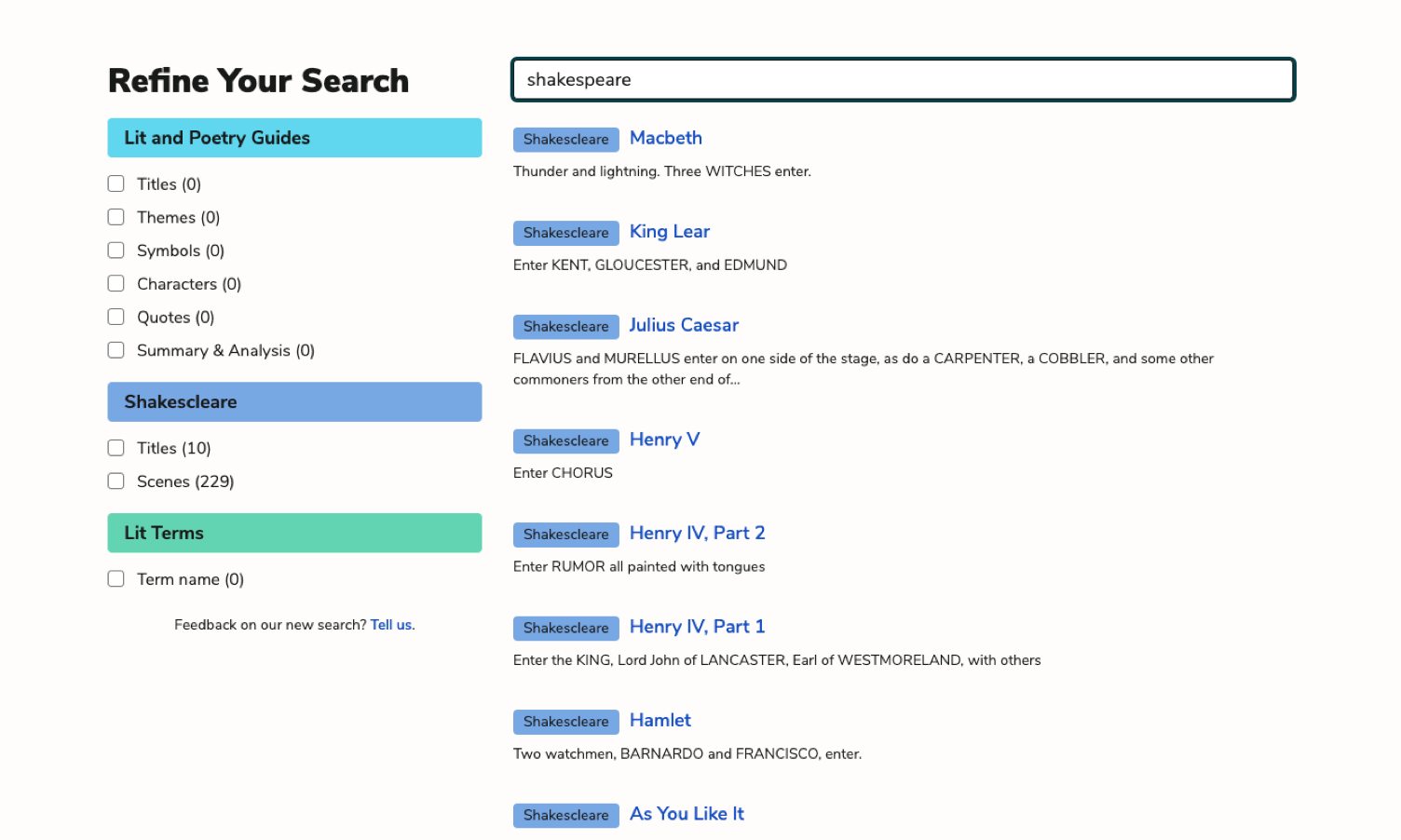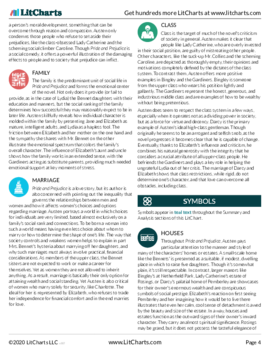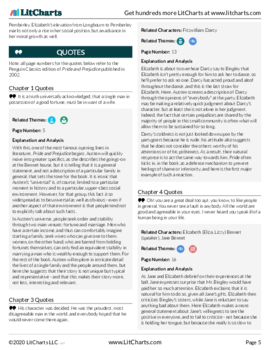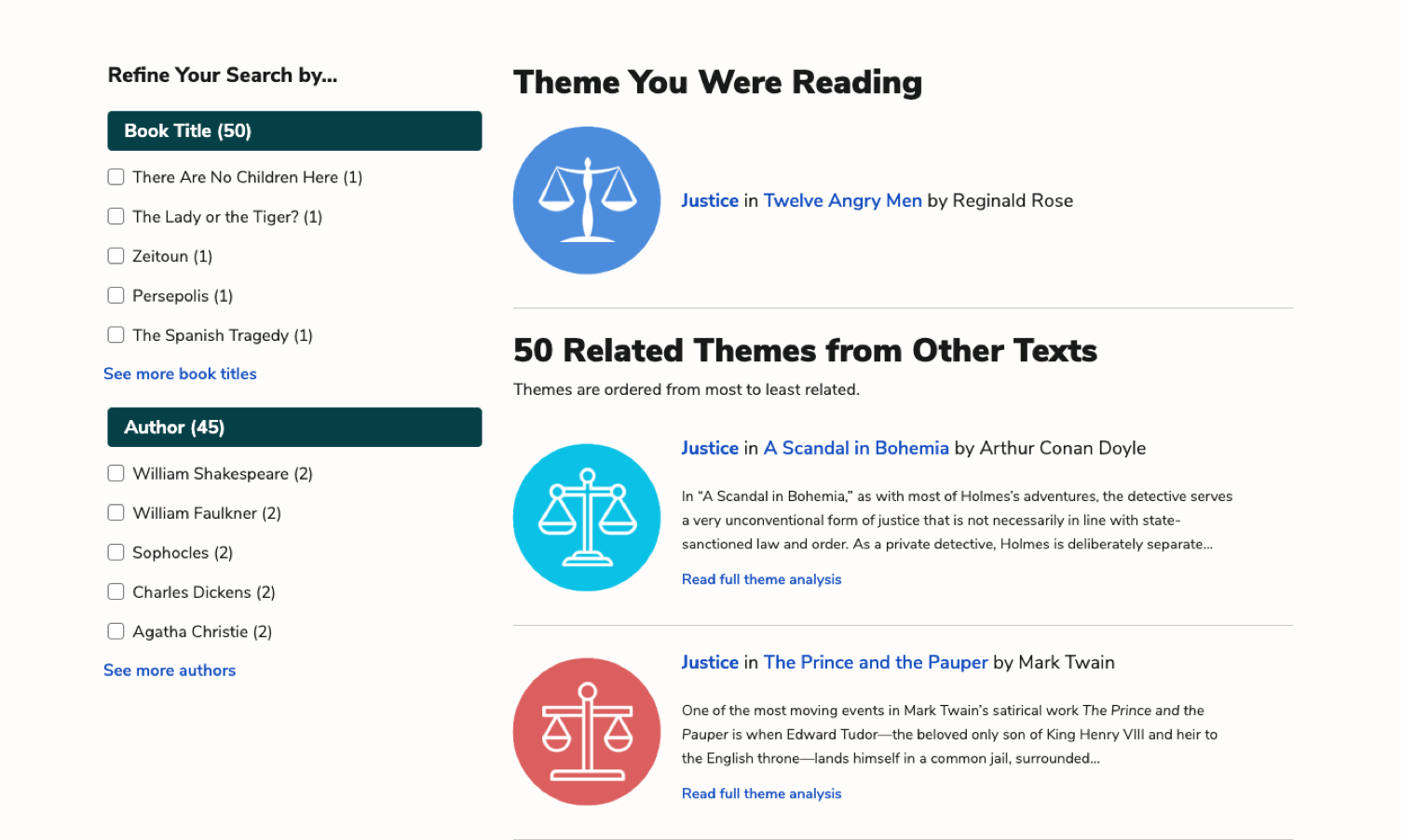- All's Well That Ends Well
- Antony and Cleopatra
- As You Like It
- The Comedy of Errors
- Coriolanus
- Cymbeline
- Hamlet
- Henry IV, Part 1
- Henry IV, Part 2
- Henry V
- Henry VI, Part 1
- Henry VI, Part 2
- Henry VI, Part 3
- Henry VIII
- Julius Caesar
- King John
- King Lear
- Love's Labor's Lost
- A Lover's Complaint
- Macbeth
- Measure for Measure
- The Merchant of Venice
- The Merry Wives of Windsor
- A Midsummer Night's Dream
- Much Ado About Nothing
- Othello
- Pericles
- The Rape of Lucrece
- Richard II
- Richard III
- Romeo and Juliet
- Shakespeare's Sonnets
- The Taming of the Shrew
- The Tempest
- Timon of Athens
- Titus Andronicus
- Troilus and Cressida
- Twelfth Night
- The Two Gentlemen of Verona
- Venus and Adonis
- The Winter's Tale
plus so much more...
-
Lines 1-12
"Love Among the Ruins" begins in utter peace. The speaker describes a countryside scene, a grassy field that stretches out for "miles and miles," all the way to the horizon. It's around dusk, and the landscape is so still that it even looks quiet: this is a "quiet-coloured end of evening," imagery that might invite readers to picture sunset painting the landscape with soft pink-gold light. The only sound breaking the silence is the "tinkle" of sheep making their way home through the twilight, perhaps pausing here and there to "crop" (or munch) a mouthful of grass.
Even the poem's shape suggests wide vistas and spacious quiet:
- The meter here starts out with a long line of trochaic hexameter—that is, a line of six trochees, metrical feet with a DUM-da rhythm (as in "Where the | quiet- | coloured | end of | evening | smiles").
- Then, abruptly, it switches to a brief line of trochaic dimeter (just two trochees, as in "Miles and | miles").
- Notice, too, that the meter here is catalectic: that is, the lines drop their final unstressed syllables. That makes the rhyme scheme of couplets (as in smiles / miles) stand out all the more dramatically: the rhymes always land on a strong stress.
The poem will sway back and forth between these longer and shorter lines all the way through. The shorter lines leave roomy silences behind them, pauses as quiet as the countryside the speaker describes.
Perhaps, though, those sudden short lines also suggest something cut off, something missing. For the speaker knows that this lovely pastoral landscape wasn't always so wide-open and peaceful. These "solitary pastures," he reveals, were:
[...] the site once of a city great and gay,
(So they say)That is, a legendary ancient city once stood in these very fields. It was the "very capital" of the country the speaker lives in now, the seat from which its noble "prince" once held court and waged either "peace or war" (depending on his mood at the time, one supposes).
This city, the speaker suggests, was very great indeed—but you certainly wouldn't know it to look at the sheep-dotted sweep of grass the speaker gazes upon now. The remarkably complete disappearance of a city that once seemed all-powerful will become one of this strange, picturesque poem's central images.

|
PDF downloads of all 3054 of our lit guides, poetry guides, Shakescleare translations, and literary terms.
PDF downloads of all 1912 LitCharts literature guides, and of every new one we publish.
Learn more
|

|
Explanations for every quote we cover.
Detailed quotes explanations (and citation info) for every important quote on the site.
Learn more
|

|
Instant PDF downloads of 136 literary devices and terms.
Definitions and examples for 136 literary devices and terms. Instant PDF downloads.
Learn more
|

|
Compare and contrast related themes.
Compare and contrast Related Themes across different books.
Learn more
|

|
Teacher Editions for all 1912 titles we cover.
LitCharts Teacher Editions for every title we cover.
Learn more
|

|
PDFs of modern translations of every Shakespeare play and poem.
PDFs of modern translations of every Shakespeare play and poem.
Learn more
|

|
Advanced search across our collection.
Advanced Search. Find themes, quotes, symbols, and characters across our collection.
Learn more
|

|
Line-by-line explanations, plus analysis of poetic devices for lyric poems we cover.
Line-by-line explanations, plus analysis of poetic devices for every lyric poem we cover.
Learn more
|


For every lyric poem we cover.
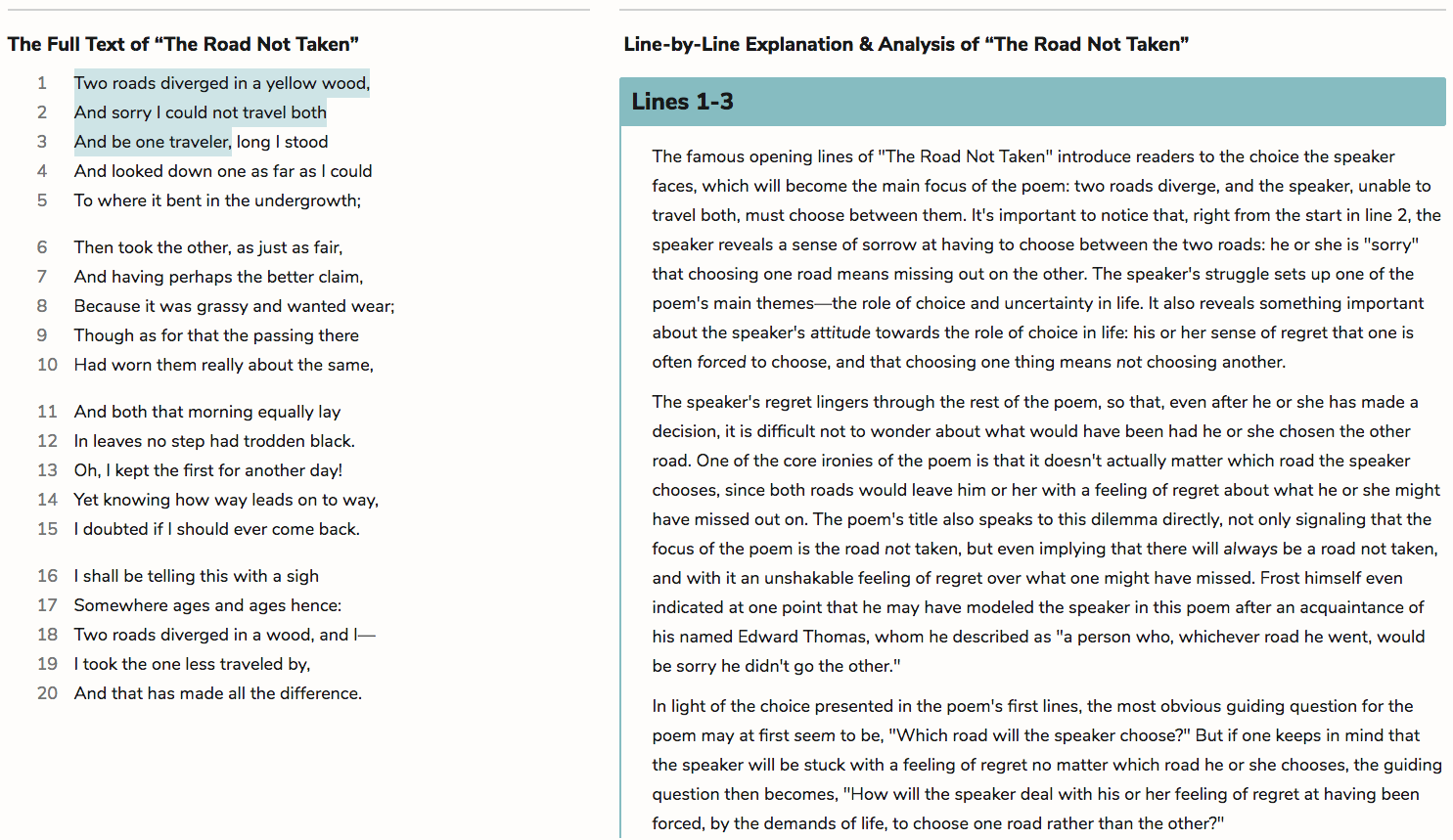


Literature Guide PDFs
LitCharts PDFs for every book you'll read this year.
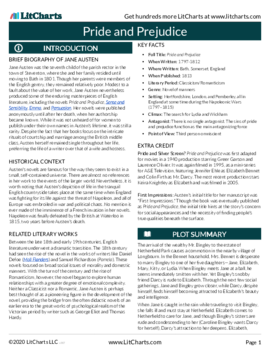


Quotes Explanations
For all 42,282 quotes we cover.
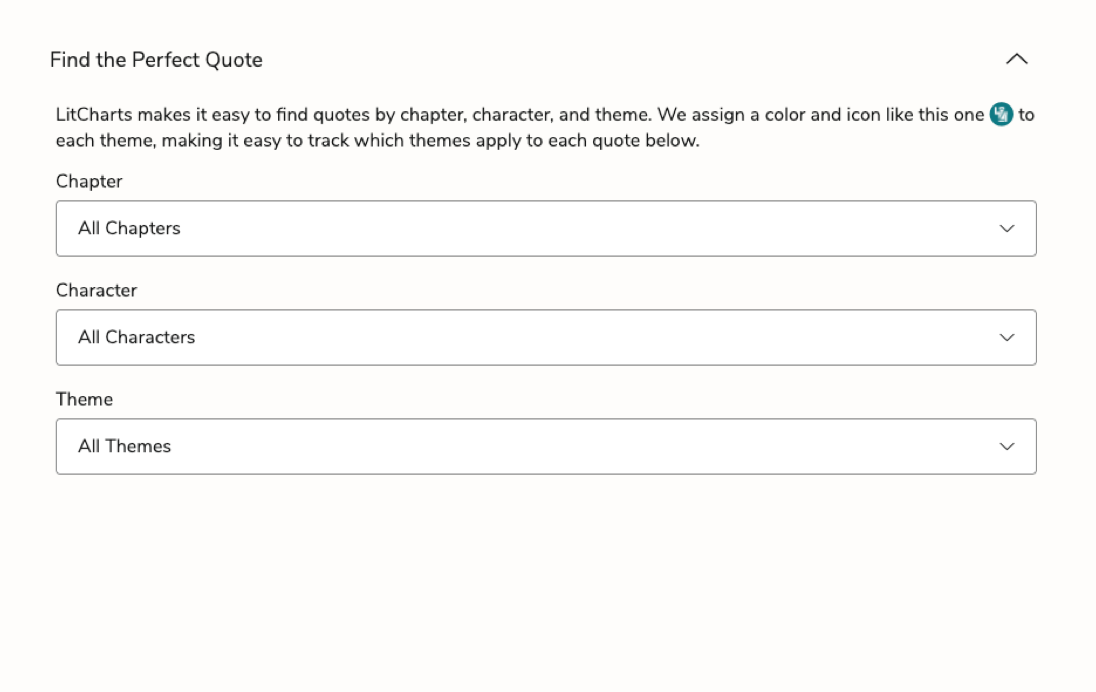
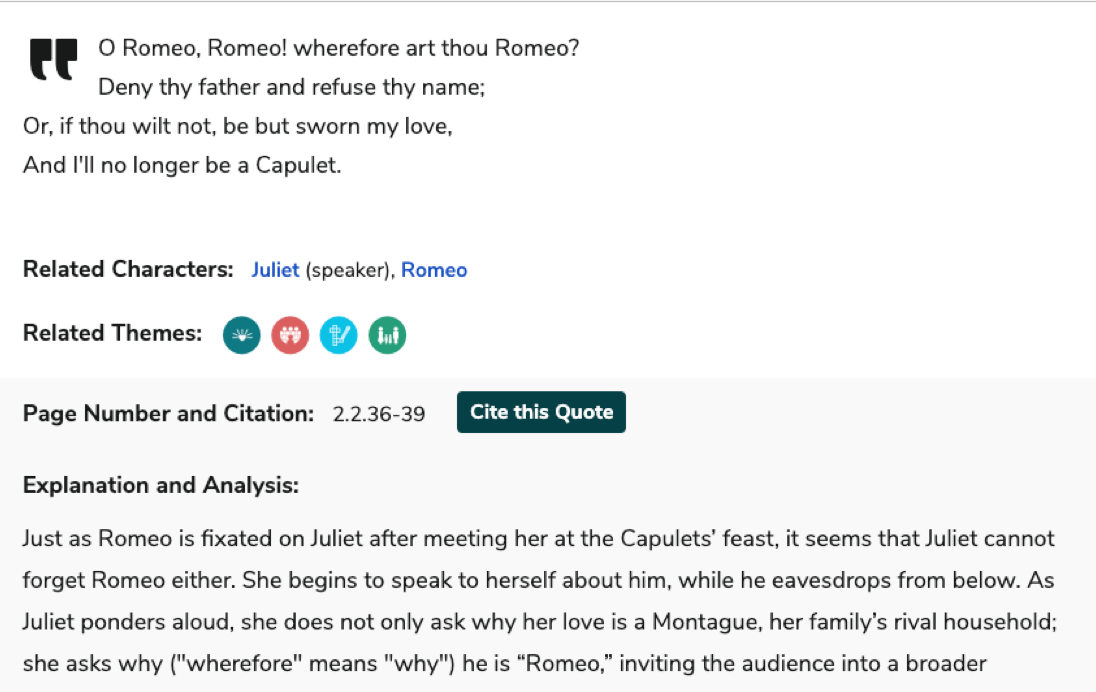
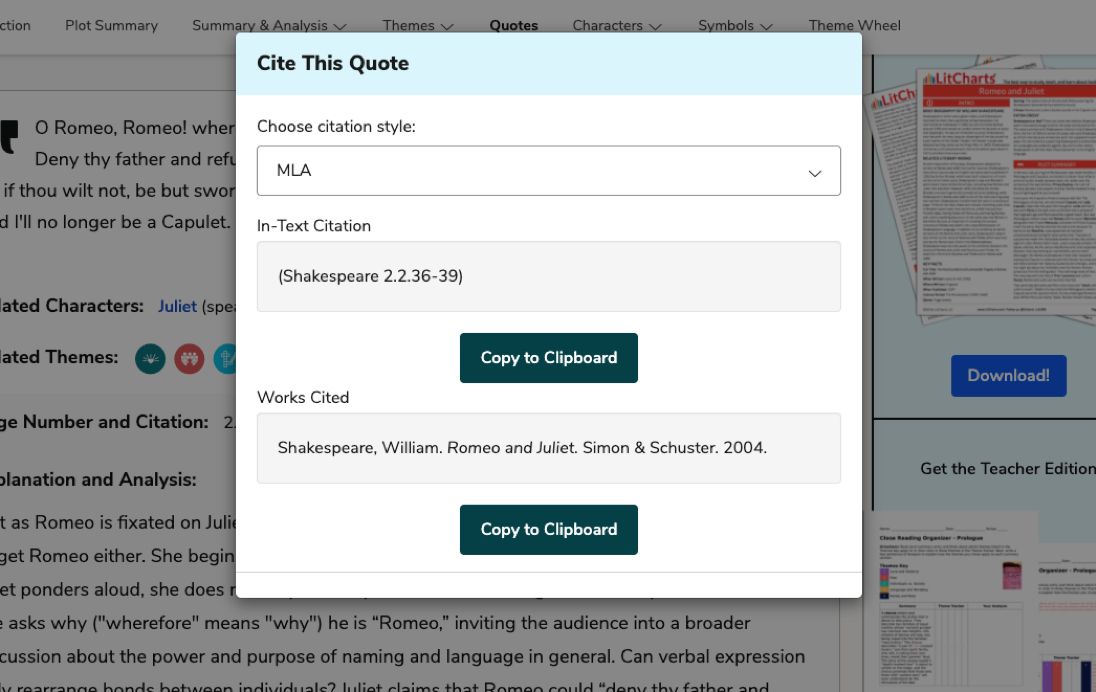


Teacher Editions
Time saved for teachers.
For every book we cover.
Common Core-aligned



PDFs of modern translations of every one of Shakespeare's 37 plays, 154 sonnets, and 3 longer poems.


Plus a quick-reference PDF with concise definitions of all 136 terms in one place.
